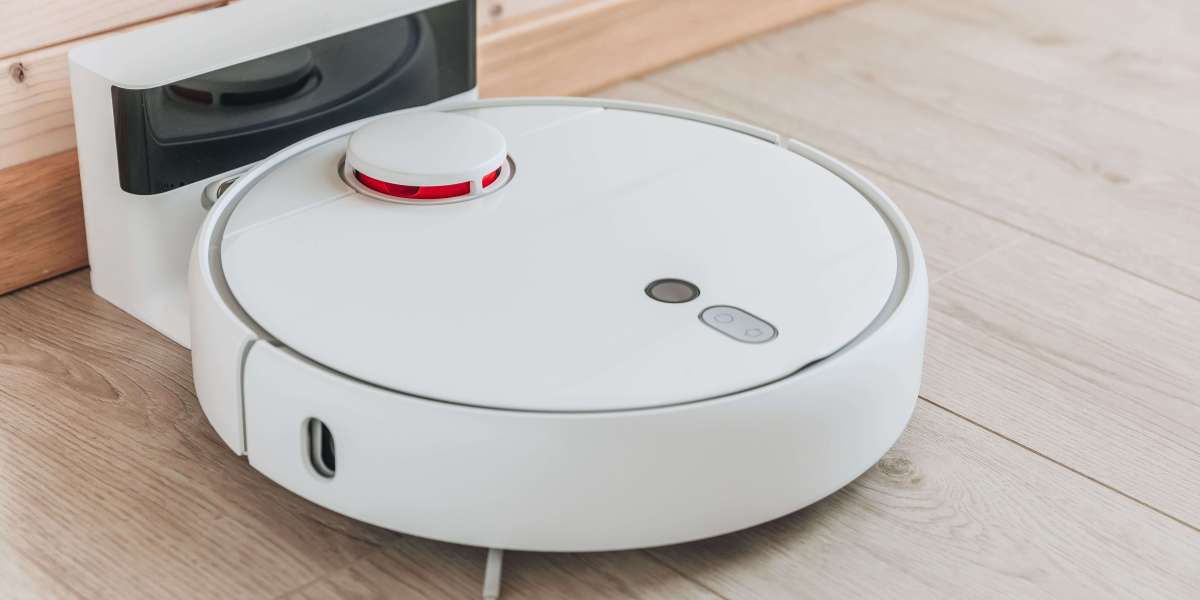In the kitchen, having the right tools can transform cooking from a chore into an art. Among the many utensils at a chef’s disposal, two often misunderstood tools are the turner and the spatula. Though many use the terms interchangeably, there are subtle yet significant differences. In this guide, we’ll break down the spatula vs turner debate and help you determine which tool is best for your kitchen tasks.
What Is a Spatula?
Spatulas are among the most versatile tools in any kitchen. Traditionally, a spatula refers to a broad, flat, and flexible blade that’s ideal for mixing, folding, and scraping. There are several types of spatulas, including:
- Rubber or Silicone Spatulas: Perfect for scraping bowls or jars without damaging the surface.
- Offset Spatulas: Commonly used in baking to spread frosting or lift delicate pastries.
- Scraper Spatulas: Useful in stirring thick batters or scraping down mixing bowls.
In baking and mixing, spatulas shine. Their flexible edges conform to curved surfaces and help in gentle folding techniques that preserve the structure of batters or egg whites.
What Is a Turner?
Turners, on the other hand, are specifically designed for flipping or lifting food. They usually consist of a wide, flat blade with a long handle. Turners are rigid compared to spatulas and are most often used with hot surfaces like grills, pans, or griddles. Types of turners include:
- Slotted Turners: Useful for draining excess grease or liquid when lifting food.
- Solid Turners: Ideal for flipping pancakes, burgers, or eggs.
- Fish Turners: Thinner and more flexible, designed to slide under delicate fillets.
Turners are often made of metal, silicone, or heat-resistant plastic, depending on the intended cooking surface. Metal turners are best for grilling, while silicone turners are safe for non-stick pans.
Spatula vs Turner: Key Differences
To understand the spatula vs turner debate, we must compare them side-by-side in terms of design, use, and versatility:
Feature | Spatula | Turner |
Flexibility | Usually more flexible | Generally rigid |
Primary Function | Mixing, folding, scraping | Flipping, lifting, transferring |
Material | Silicone, rubber, plastic | Metal, silicone, plastic |
Kitchen Use | Baking, mixing batters | Frying, grilling, flipping food |
Design | Rounded edges, angled or flat | Flat and wide blade, slotted or solid |
In essence, spatulas are designed for precision and gentleness, while turners are built for heat and strength.
When to Use a Spatula
Spatulas are the go-to tool when dealing with anything that involves batters, spreads, or sauces. Here are some common scenarios:
- Scraping every last bit of peanut butter from a jar
- Folding whipped cream into a chocolate mousse
- Stirring thick cake batter without overmixing
Using a spatula in these cases helps avoid waste and maintain the right consistency in delicate recipes.
When to Use a Turner
When the goal is to flip, lift, or transfer cooked foods, a turner is the better option. Ideal uses include:
- Flipping pancakes without breaking them
- Turning burgers on a grill
- Lifting cookies off a baking sheet without crumbling them
In high-heat cooking, such as searing or sautéing, turners outperform spatulas due to their sturdy, heat-resistant design.
Common Confusion in the Kitchen
The spatula vs turner confusion often stems from regional language differences and overlapping uses. In some areas, all flat kitchen tools with a handle are referred to as spatulas. In others, “turner” is the specific term for tools that flip food. To avoid confusion, manufacturers now label products more clearly based on their intended function, but it still helps to understand the technical distinctions.
Choosing the Right Tool for the Job
As a home chef, knowing the strengths and limitations of each tool will improve your cooking experience. Ask yourself the following:
- Am I working with raw ingredients or cooked food?
- Is flexibility or rigidity more useful for this task?
- Will the utensil come into contact with high heat?
For example, if you’re baking cookies, you might use a spatula to scrape dough from the bowl and a turner to transfer baked cookies from the tray.
Must-Have Picks for Every Kitchen
Every kitchen should include both a good set of spatulas and turners. Consider these essentials:
- Silicone spatula set: Heat-resistant, non-stick safe, and great for baking and cooking.
- Metal turner: Ideal for grilling and flipping foods with precision and power.
- Fish turner: A specialty tool that comes in handy more often than you’d think.
By investing in the right tools, you’ll make cooking smoother and more enjoyable.
Final Thoughts on Spatula vs Turner
In the spatula vs turner debate, there’s no clear winner—only the right tool for the right job. Spatulas excel in the art of mixing and scraping, while turners dominate in flipping and lifting. Recognizing their differences empowers you to cook more efficiently, avoid mishaps, and elevate your culinary skills.
Whether you’re preparing a delicate soufflé or a sizzling steak, choosing between a spatula and a turner can make all the difference. The next time you’re in the kitchen, take a moment to consider which tool fits the task. Your food—and your sanity—will thank you.



